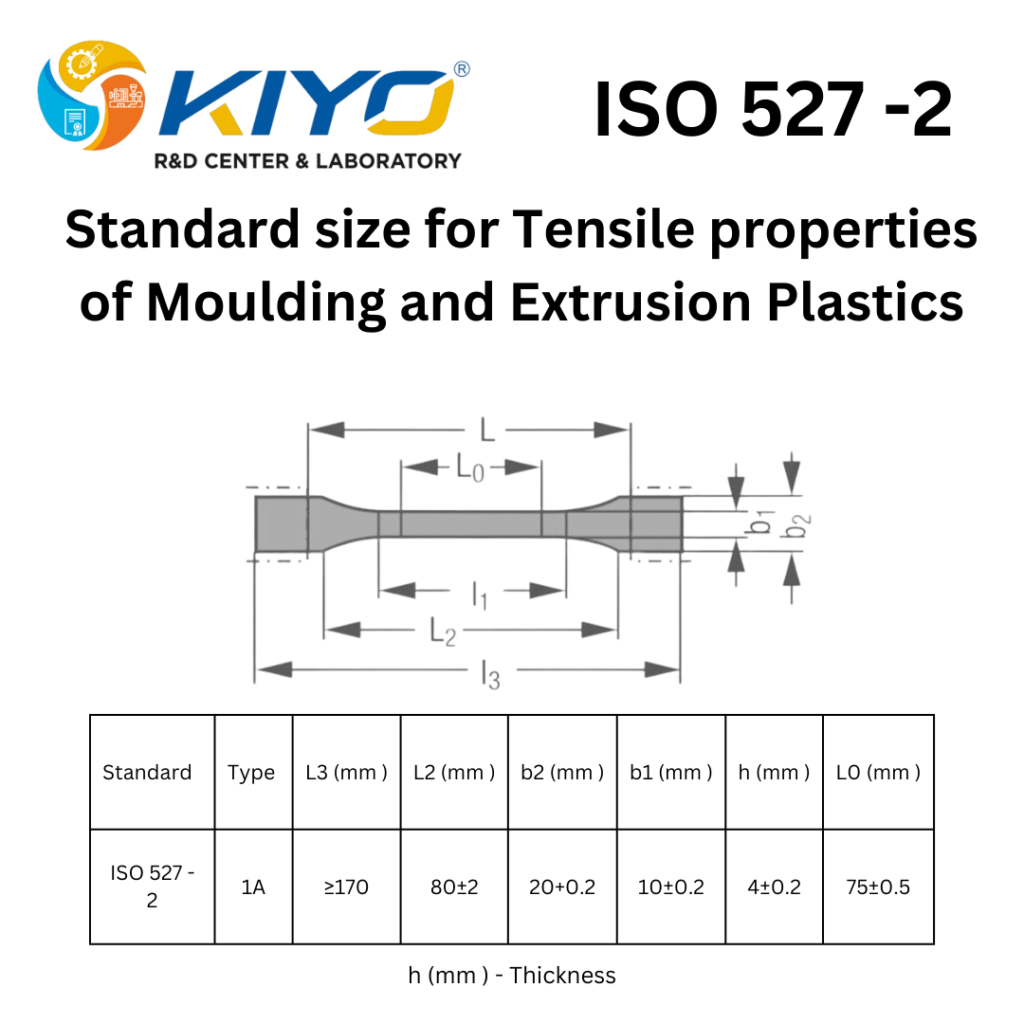Understanding ISO 527-4:2023
Introduction
In the evolving landscape of material science, understanding the mechanical properties of composites is crucial for their effective application across various industries. The ISO 527-4:2023 standard offers a comprehensive framework for assessing the tensile properties of isotropic and orthotropic fiber-reinforced plastic composites, ensuring these materials meet the rigorous demands of modern engineering and design.

The Essence of ISO 527-4:2023
ISO 527-4:2023 outlines methods for determining tensile strength, modulus, and strain of fiber-reinforced plastics, providing a vital tool for material selection and quality assurance. By standardizing the test conditions, it allows for reliable comparison of materials and enhances the development of innovative composite applications.
Specimen Dimensions: The Foundation of Accurate Testing
The precision of tensile testing hinges on the specimen’s dimensions, which ISO 527-4:2023 details meticulously to ensure consistency and reliability in results. The standard specifies:
- Shape and Dimensions: It prescribes shapes and exact dimensions for various specimen types, catering to a wide range of composite materials. For instance, it distinguishes between specimens for thermoplastics and thermosets, each tailored to reflect the material’s specific properties accurately.
- Thickness Considerations: The thickness of the specimens, recommended between 2 mm to 10 mm, plays a crucial role in the test’s accuracy. It acknowledges the high fracture forces in continuous fiber-reinforced composites, suggesting a thickness of 2 mm for these materials to mitigate clamping pressures.
- Gauge Length and Width: Key dimensions such as gauge length and width are defined to suit different types of composites, ensuring the application of uniform stress during testing.
Critical Test Procedures and Conditions
ISO 527-4:2023 describes the test environment, specimen mounting, and the speed of testing, among other parameters, to standardize the testing procedure. This ensures that the tensile properties are evaluated under controlled conditions, providing a true reflection of the material’s behavior under load.
Data Interpretation and Reporting
The standard mandates a detailed report comprising the specimen’s dimensions, test conditions, and the obtained mechanical properties. This comprehensive approach facilitates the analysis and application of test results, aiding in material comparison and selection processes.
Conclusion
ISO 527-4:2023 plays a pivotal role in the advancement of composite materials, offering a standardized approach to evaluating tensile properties. By meticulously defining specimen dimensions and testing conditions, it ensures the generation of reliable data, fostering innovation and ensuring safety in composite applications.
